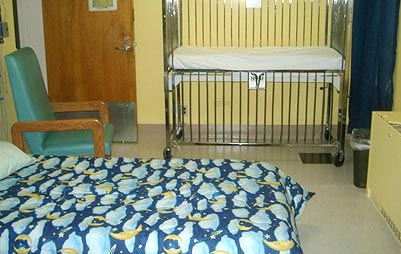
While asleep, does you child…
- Snore?
- Have pauses in breathing?
- Gasp for air?
- Have restless sleep?
- Sleep in unusual positions (i.e. hyper-extended neck)?
- Breathe through his/her mouth?
- Wet the bed?
Also, does your child…
- Have difficulty waking in the morning?
- Experience daytime sleepiness in school?
- Have hyperactivity or inattention?
- Show a decrease in school performance or trouble concentrating in class?
- Have morning headaches?
- Have unexplained blood pressure?
- Have poor growth?
If you answered “yes” to even one of these questions, you may want to talk with your family physician or pediatrician about your child’s sleep.
It is important to realize that these are just some of the symptoms that could indicate a serious condition known as Obstructive Sleep Apnea Syndrome.
Obstructive Sleep Apnea Syndrome (OSAS) is a condition in which a child has partial or complete airway obstruction during sleep, often associated with snoring and breathing pauses. This serious condition occurs in 1-3% of otherwise healthy children. It is most prevalent between ages 2-7, but can also be seen in infants and adolescents. The main risk factors for OSAS are:
- Enlarged tonsils and/or adenoids
- Obesity
- Enlarged tongue, small jaw, and other craniofacial abnormalities
The American Academy of Pediatrics recommends:
- Pediatricians should assess all their patients for the presence of snoring.
- All children that snore on a regular basis (on all or most nights) or have other symptoms of Obstructive Sleep Apnea (OSA) should be evaluated for the presence of OSA.
- An Overnight polysomnogram (sleep study) is the best way to accurately differentiate between those children that have OSA and those that have harmless snoring.